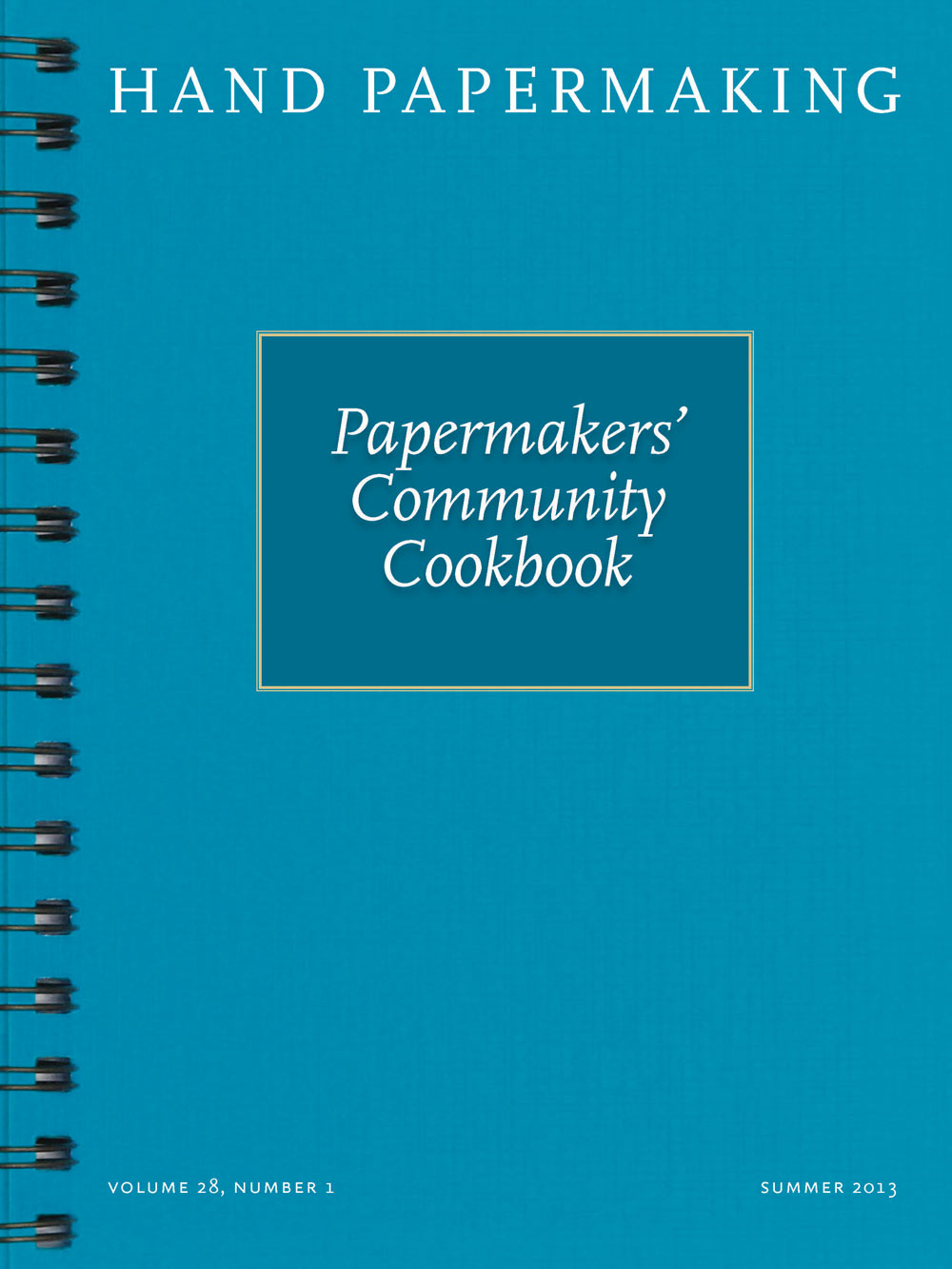
Summer 2013
:
Volume
28
, Number
1
Andrea Peterson is an artist and educator. She lives and creates work in northwest Indiana at Hook Pottery Paper, a studio and gallery co-owned with her husband. She combines paper arts, printmaking, and bookbinding to make works that address the human relationship to the environment. Plant fibers, such as sisal, follow the underlying thread that is constant in my work: a local by-product, easily attainable, and no cost. Sisal, from the genus Agave grown in warm climates, is traditionally used for rope making. It comes to Indiana as baling twine because of its incredible strength when pulled taut around hay or straw bales that are stored away for winter food and bedding for farm animals.





